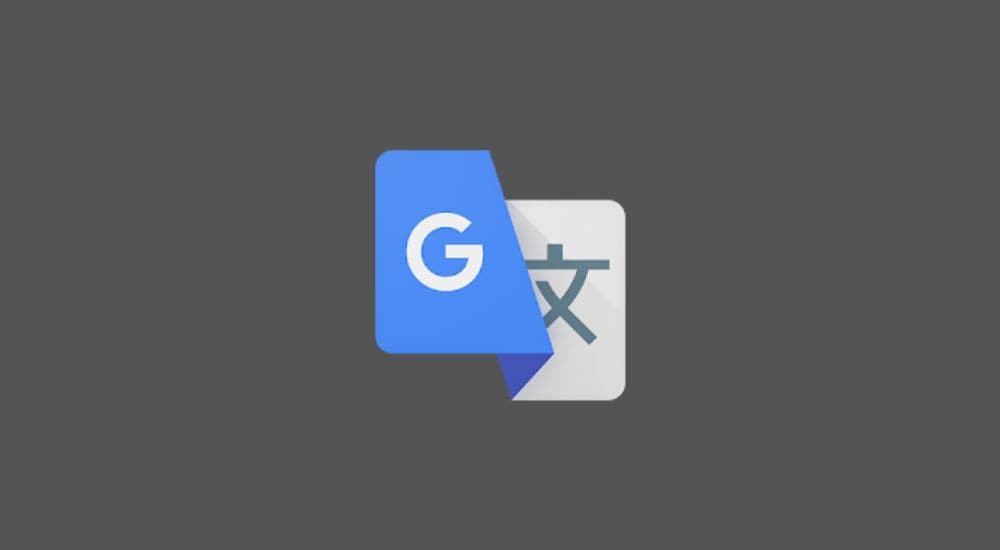People always prefer to consume content in a language familiar to them. Mostly, people are comfortable with a common language or their mother tongue. Today’s advanced technology allows us to translate content into our preferred language. For translation over smart devices, there are a lot of translation apps available. Out of which the most popular are Google Translate and Microsoft Translator. In this guide, we will compare these two apps and see which Translation App is best in 2020.
Normally, both the apps from Google and Microsoft have their loyal users. On the Play Store, these two translating apps have 4.5 stars and really good reviews. Still, every single day many new users try the translation apps. They may have a hard time deciding which app can be good for them. So, based on a few factors, I have compared both Google Translator and Microsoft Translator. Let’s check them out.
Also Read

Guide | How to Create Your Own Face Emoji on Android Device
Page Contents
Google Translate vs Microsoft Translator: Best Translation App
Free App
Both of the apps are free to download. When the app is free, a lot of people tend to download it. Again, when we have brand names like Google and Microsoft, users naturally have high expectations from the application. Hence, that says the rave reviews and the number of downloads both apps have under their names.
The point of saying is if you are looking for a free translation app and it comes from a trusted brand, then you should download it. Your basic needs of the translation will go just fine with Google Translate or Microsoft Translator.
Translation Support
Again Google Translate leads the competition with two-way speech translation support. Of course, which indicates that Microsoft Translator only supports uni-directional translation.
User Interface
While I am a regular user of Google Translate, I still like how Microsoft Translator uses a more graphical interface. As you open it you see 4 modes for textual, camera-based, spoken, and microphone recorded translation options. These are all buttons and not text instructions. It’s pretty simple if we compare it with Google Translate. The latter has the modes but the icons are quite small and may be confusing for first-time users. The interface of Google Translate is quite clean though.
Google Translate doesn’t offer dark mode which makes the interface white and brighter. So, for users who want to use it at night may find it too bright. On the other hand, Microsoft Translator has a light-dark background which is kind of soothing for eyes. So, depending upon how you prefer things you can choose your translation app.
Offline Translation
Both of the translation apps support offline translation. However, the MS Translator won’t support all the features during offline usage. However, Google Translate will support offline usage for every single language it supports translation. There is a twist though. If you are offline, on Google Translate you won’t be able to provide voice input.
Language Support
When it comes to the number of languages a translation app can support, Google takes the cake. Its translation app supports over 100 languages. It gives a tough competition to Microsoft Translator as it only supports 60 languages for translation. In today’s date when the internet produces content ranging in hundreds of languages, an app must support translation for a majority of these languages.
I like Google Translate more because for this reason that it supports a wide variety of languages. Microsoft Translator app needs to improve on this part and it can give good competition to its counterpart from Google.
Smartwatch Support
Both Microsoft Translator and Google Translate support translation on smartwatches. Almost everyone is wearing an Android wearable these days. So, if you happen to wear one then you can easily see translation results on it. Though all language translation is supported, Google Translate supports around 44 languages that you can translate on your watch display.
My Opinion
I always use Google’s translation app. Somehow during my comparison use of both apps, I was convinced that Microsoft Translator is a good app but still it lacks wide language support. The interface is graphic oriented but could have been a more straight forward. Anyone lacking experience in smartphone usage will get confused seeing the mode icons.
Google does offer an instant translate section right on its home page. It also depicts some of its modes as icons. If someone is looking for quick translation, then he can use the instant translation section. It’s a bit more easier to perceive than Microsoft Translator.
So, which translation app would you prefer for usage.? Which one you currently using and what you like about it.? Let me know in the comments section below.
Read Next,
- Google Lens Translate is Not Working: How to Fix
- How to Auto Delete Emails in Gmail
- List of All Google Chrome Keyboard Shortcuts for Windows and macOS
